Top 10 Gothic Villages in Europe
What defines “Gothic village”
A village with elements from the Gothic period (roughly 12-16th century in Europe) — e.g. pointed arches, ribbed vaulted churches, flying buttresses, but also defensive towers, fortified churches, walls. Many of these villages are located in the famous region of Transylvania in Romania.
1. Biertan, Romania
Nestled in Transylvania, Biertan is one of the UNESCO-listed villages with fortified churches built by the Transylvanian Saxons. The church at Biertan was constructed between the 15th and 16th centuries; its impressive defensive walls and bastions protected the villagers from Ottoman raids.
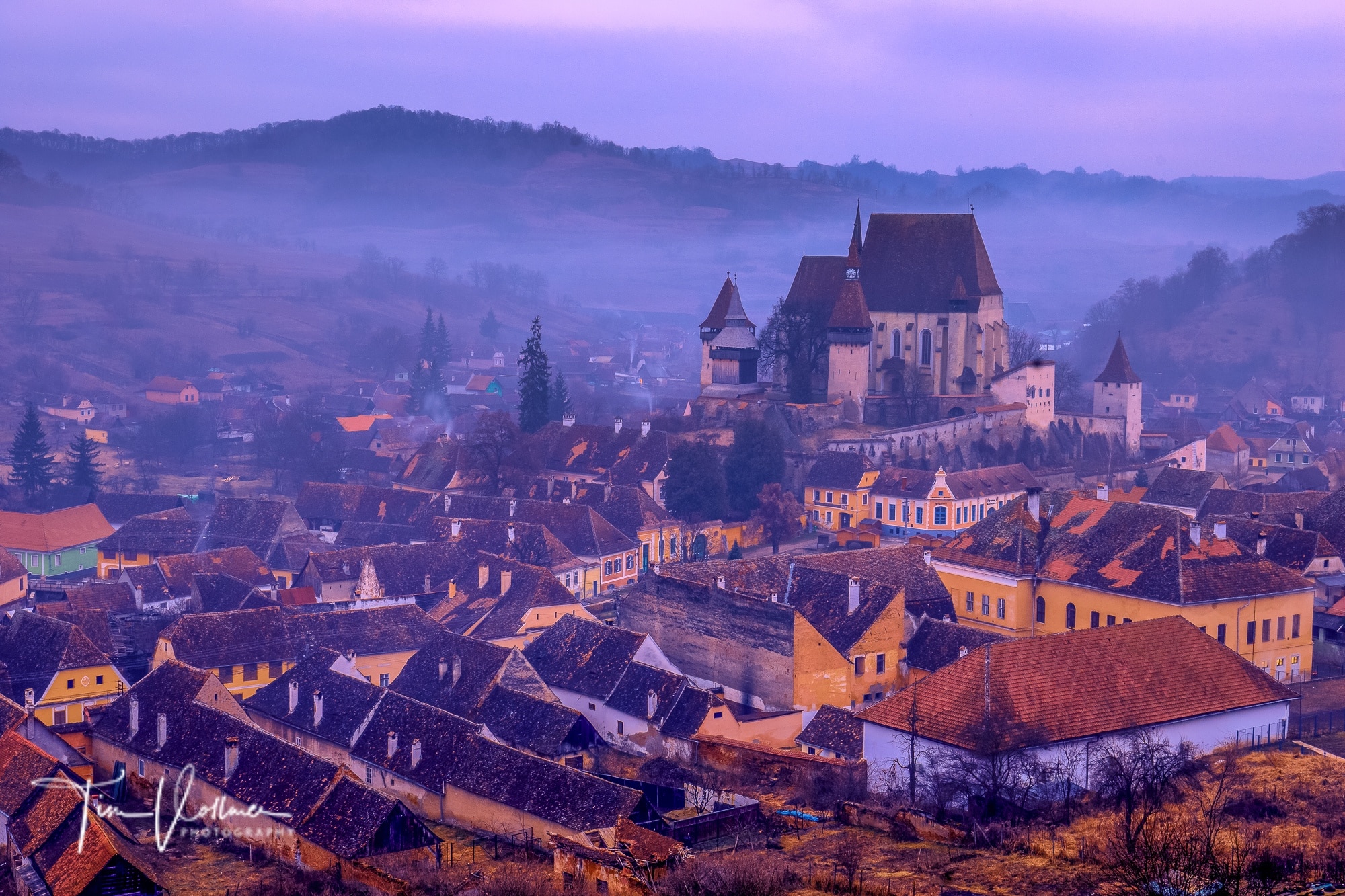
2. Viscri, Romania
Also part of the ensemble of Transylvanian fortified-church villages. Viscri preserves very well the layout, architecture, and rural life from centuries past. King Charles III of the UK has publicly supported its restoration. It offers a quiet, authentic Gothic atmosphere: steep roofs, thick walls, small courtyards.

3. Saschiz, Romania
Another fortified-church village in the same Transylvanian group. Saschiz features a Gothic church from the 15th century, surrounded by defensive walls and towers – a living relic of the centuries when village life meant fortifying faith.

4. Prejmer, Romania
Prejmer’s church fortress ( Transylvanian) is one of the most powerful in Eastern Europe: multi-layer walls, towers, and storage for villagers during siege. Dates from the 13th-16th centuries.

5. Câlnic, Romania
Câlnic ( Transylvanian) is slightly different: the Câlnic Castle was erected in the 13th century, later fortified by the village community. The Gothic/fortress style blends defensive military architecture with communal living and refuge functions.
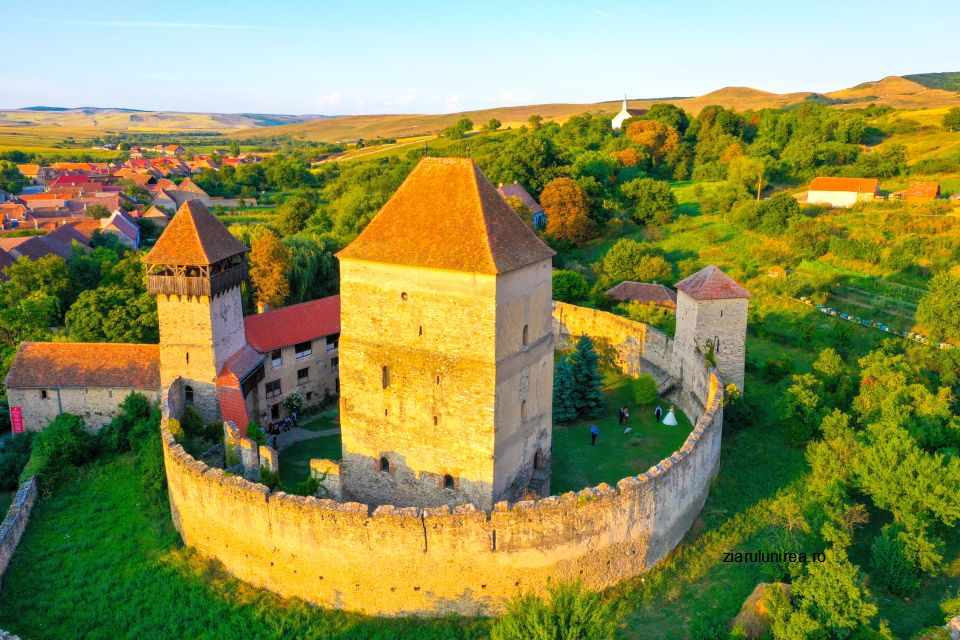
6. Olite, Spain
In Navarre, Olite is dominated by the Palace of the Kings of Navarre, a Gothic castle-palace built in the 15th century. The town around it retains medieval layout and touches of Gothic stonework, making it feel like stepping into a living painting of kings and knights.
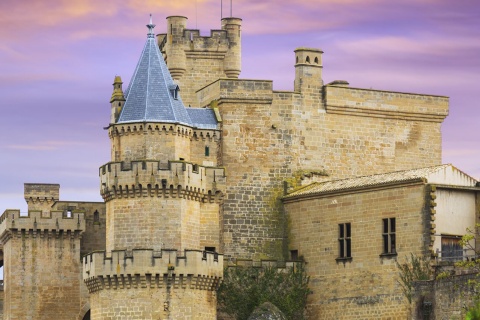
7. Santillana del Mar, Spain
Though modest in scale, this village in Cantabria feels Gothic in spirit. Narrow cobbled‐streets and the Collegiate Church of Santa Juliana (dating from medieval centuries) lend a heavy, sacred atmosphere.
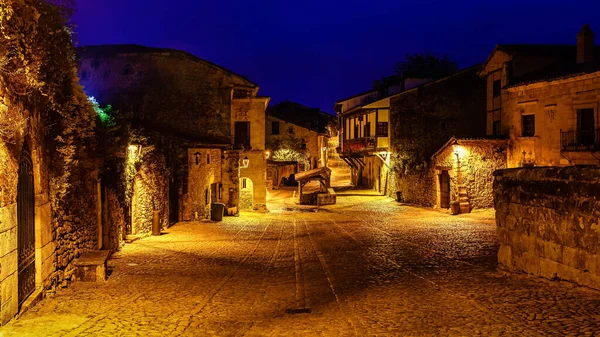
8. Besalú, Spain
Besalú in Catalonia is rich in medieval architecture: its 12th-century bridge, ancient Jewish baths, and stone churches give it a Gothic tapestry of faith, culture, and conflict.

9. Saint-Antoine-l’Abbaye, France
A quieter, more secluded Gothic village. Its Gothic abbey, begun in the 13th-14th centuries, looms as the heart of the village. The abbey was completed around 1490 after centuries of construction. The village still carries half-timbered houses and narrow lanes that feel suspended in medieval time.
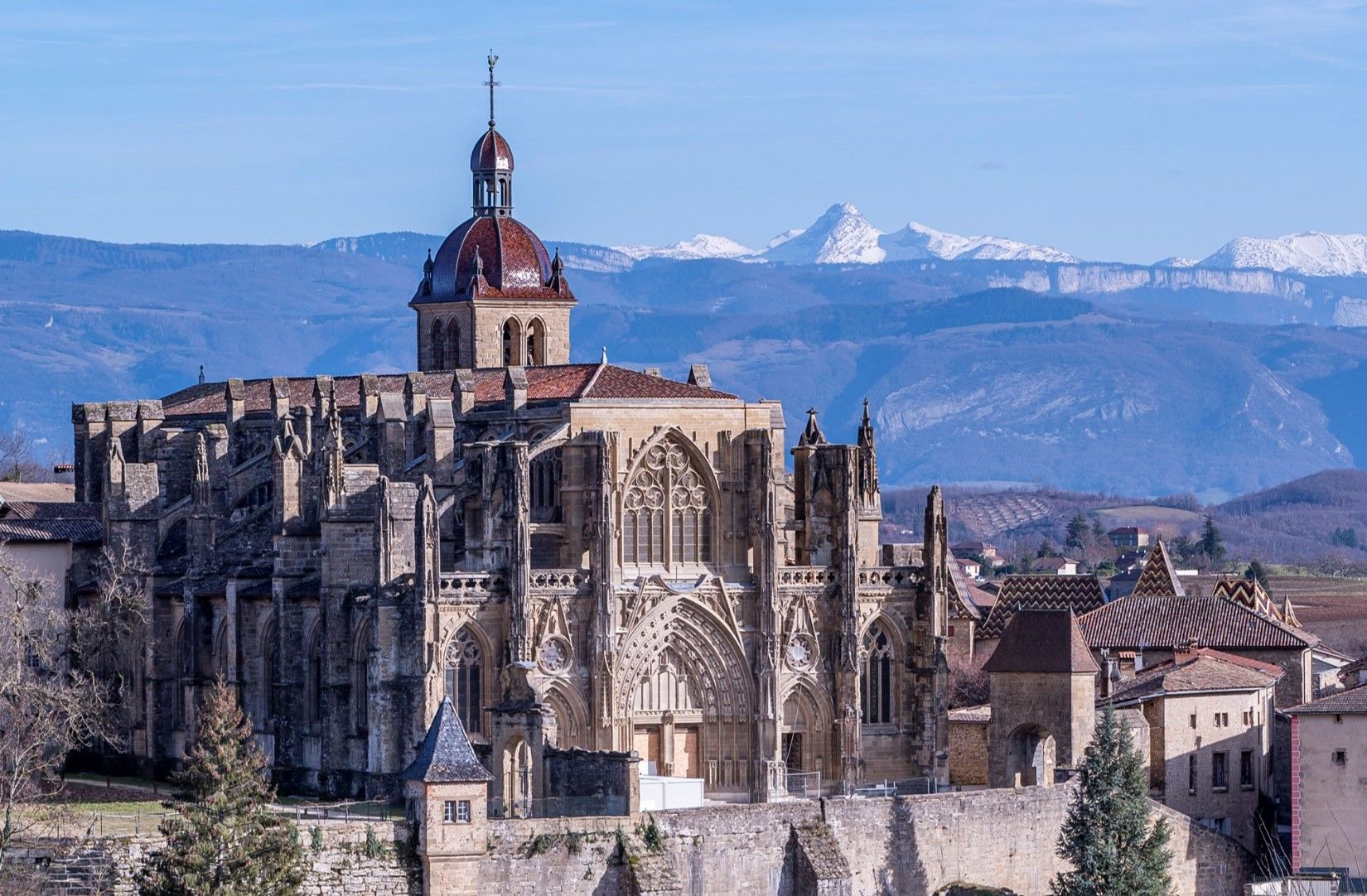
10. Mediaș / its Church Fortress, Romania
Mediaș (Mediasch) features St. Margaret’s Church, a late Gothic structure built between 1437-1488 by the Transylvanian Saxon community. Around this church, the village fortress structure and old town show Gothic defensive and ecclesiastical influences.

Are these villages tourist-friendly?
Most are; some are remote (Transylvania villages, for example). Accommodation is often local guesthouses; transport can require planning.
Best time to visit?
Spring or early autumn — fewer crowds, gentler weather, better light for the architecture.






